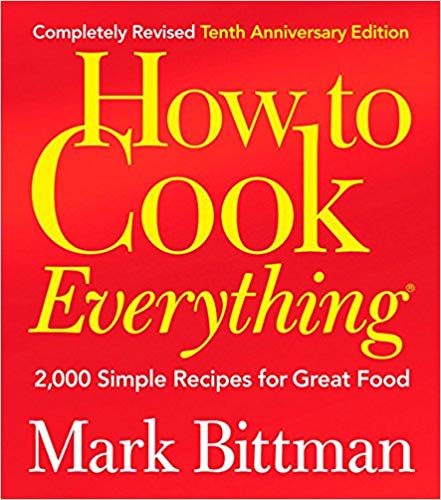I figured it was about time to talk about meal kit plans. We have tried several. And have canceled them all after a fair trial. I suppose this sounds like I’m condemning them, but I’m not. It’s just that after a while, it’s time to try something new.
My favorites are ButcherBox.com and WildGrain.com. These are not meal kit plans per se, but specialty food sources. We started with Butcher Box on the recommendation of a friend. And we love their meats, which is their specialty. Great ribeye steaks, the best chicken we’ve ever bought. Fantastic pork chops. Helpful recipes. Wild Grain got our interest because we wanted some authentic San Francisco sourdough bread and were too lazy to keep our starter going. We love their breads and biscuits and croissants. Not so much the “English muffins” or pasta, but we’d start this service again just for the sourdough varieties.
We’ve tried several meal deals where they send you all the ingredients and a 4-color glossy with instructions. These have almost always yielded tasty and nutritious meals that were fun to prepare together. After a while, like a couple of months, it was clear that the meals came out of the same mind. They got a bit boring. But I’m not complaining; it was just time to get back to home cooking and imagination. I think the most valuable lesson was that many meals are just variations on a theme. Sear some meat, add some spices and herbs to get the cultural vibe you’re looking for, improvise with stuff you have in stock, and execute the method with care. Volia! You surprise yourself with how versatile and skilled you are.
If you are the cook in the house, with folks looking to you for their evening meal, then I encourage you t o try one or more of the popular meal plan outfits out there, learn what you can from how they approach their recipes, and then you’ve reached escape velocity, take off into the next chapter in your cooking life. Bon cooking!





